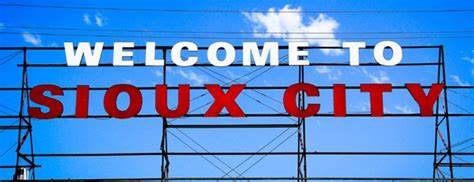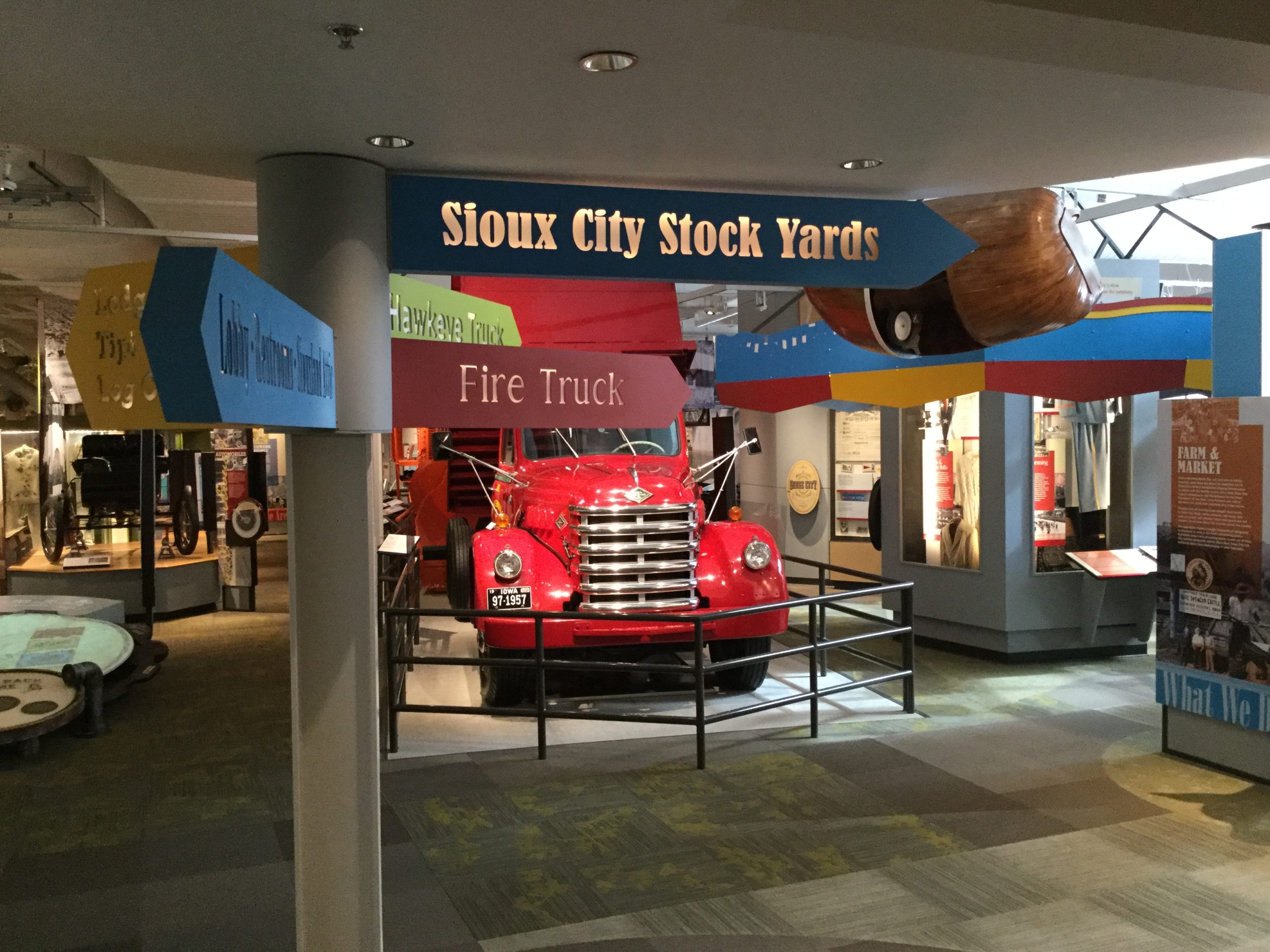Meat packing plants and processing factories dot the landscape, giving Sioux City a bad reputation of being a smelly city. However, we are noticing a movement away from the stigma of being an industrial town,
Meat packing plants and processing factories dot the landscape, giving Sioux City a bad reputation of being a smelly city. However, we are noticing a movement away from the stigma of being an industrial town, to one that is more progressive.
opportunities abound
Every week it seems there is a new business that opens their doors, changing the culture and atmosphere of Sioux City. This change is not going unnoticed, in fact, it has been welcomed. For more than fifteen years, since the Stockyards closed in 2002, Sioux City’s economy has plateaued. Residents moved on, leaving this once booming town in their memory. But recently, a nostalgic affection for Sioux City has taken hold, and more than ever supporters are moving back and showing enthusiasm for their hometown.
We will be delving further into this Small Business Revolution next month, but let’s look at what made Sioux City one of the leading meat packing towns in the United States.
a city within a city
Opening in 1887, the Sioux City stockyards would grow to encompass 80 acres, and consisted of meat packing giants Cudahy, Armour and Swift. Driving over the Gordon Drive bridge today, one can only imagine the enormity of this miniature city within a city. Consisting of its own bank, restaurants, and offices, these stockyards practically operated as its own town.
There were even fairgrounds created to exhibit this region’s livestock and agriculture. From 1903 to 1926, Sioux City was the home to the Interstate Fair, a nationally recognized event, held each fall, and drawing in thousands from all over the Midwest and beyond.
mid-century movement
Experiencing its peak in the 1950s and 1960s, the Sioux City stockyards became the No. 1 employer in the area. Then, in the early 1970s, the Sioux City stockyards would find itself the largest in the nation. Also advertised as the largest in the United States was the 13-acre steel barrel roof covering the livestock pens. Being in the middle of the country, Sioux City was in a prime location to transport product to every state. But all good things must come to an end.
a change in business practices
It used to be farmers would bring their livestock to a stockyard, load their shipments via truck into the loading docks, corral them into pens, and weigh them on scales. They were then sent off to the meat packing plants, and then sold nation-wide to various businesses.
Unfortunately, by the mid-1970s, farmers were increasingly bypassing the middleman, and selling directly to the meatpackers. This left the demand for stockyards nearly irrelevant, and the method of doing business this way forced Sioux City to change directions.
Thus, by 1975, nearly all the meatpacking plants closed their facilities in the stockyards, and moved outside of town to larger, and more convenient locations. And in 2002, the last livestock was sold, and the stockyards were permanently closed.
repurposed land and new beginnings
Now, when you drive around this area, you come upon abandoned railroad lines and the old K.D. Station, where Swift & Co. housed their meatpacking plant. There’s even a 110,000 square-foot Home Depot built where the infamous 13-acre steel barrel roof once covered hundreds of pens.
This land was designed for high traffic, and helped build Sioux City’s economy into one of the wealthiest in all the nation. Even though much has changed, Sioux City is still home to many industrial manufacturers, such as Tyson Foods, Interbake, Gelita, and Sabre Industries, to name a few.
With so many opportunities it’s no wonder Sioux City has been regularly recommended as an influential town for small business startups and job prospects. The stockyards may have closed years ago, but livestock of all sorts still plays an integral part of our identity.











